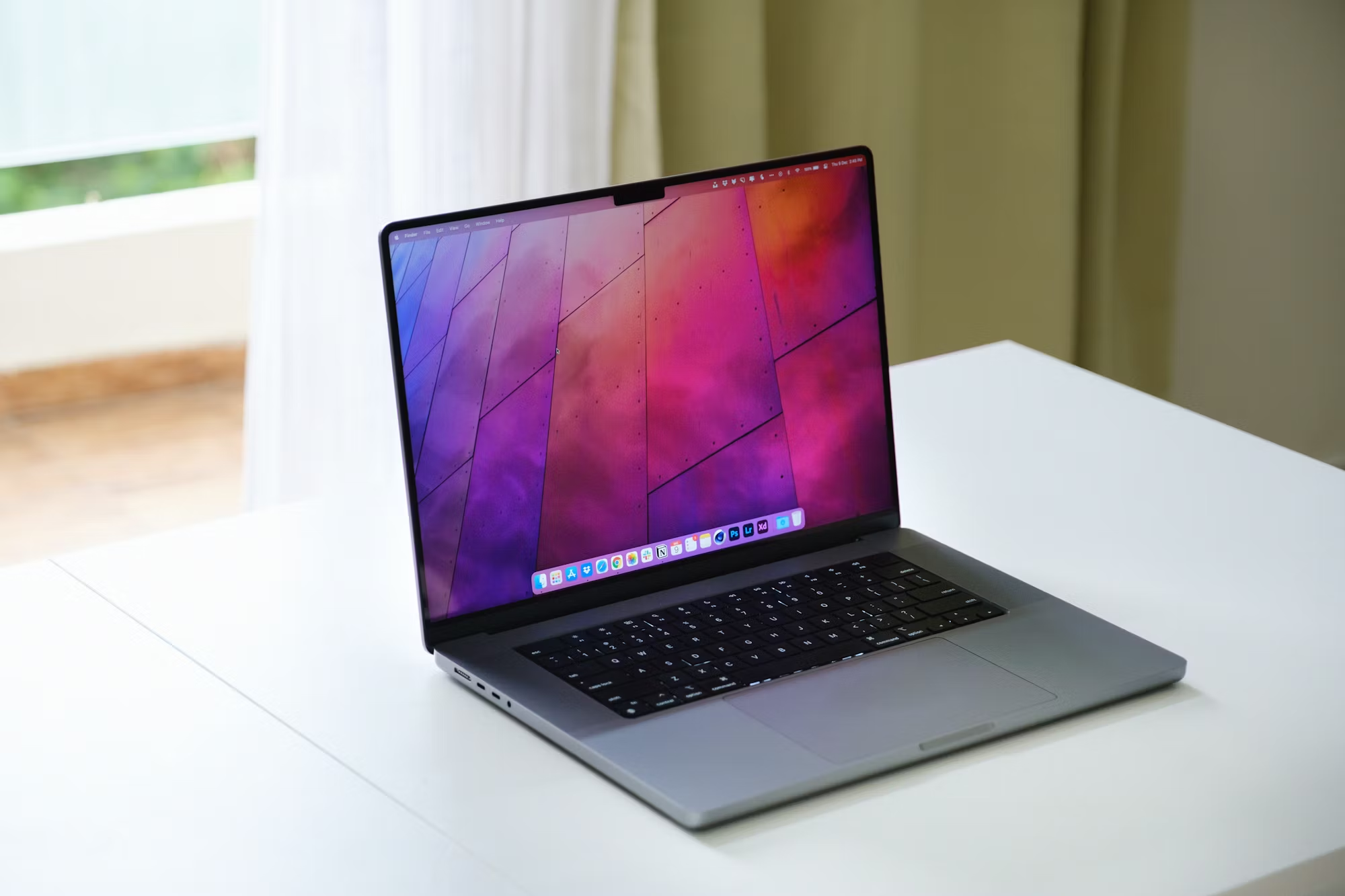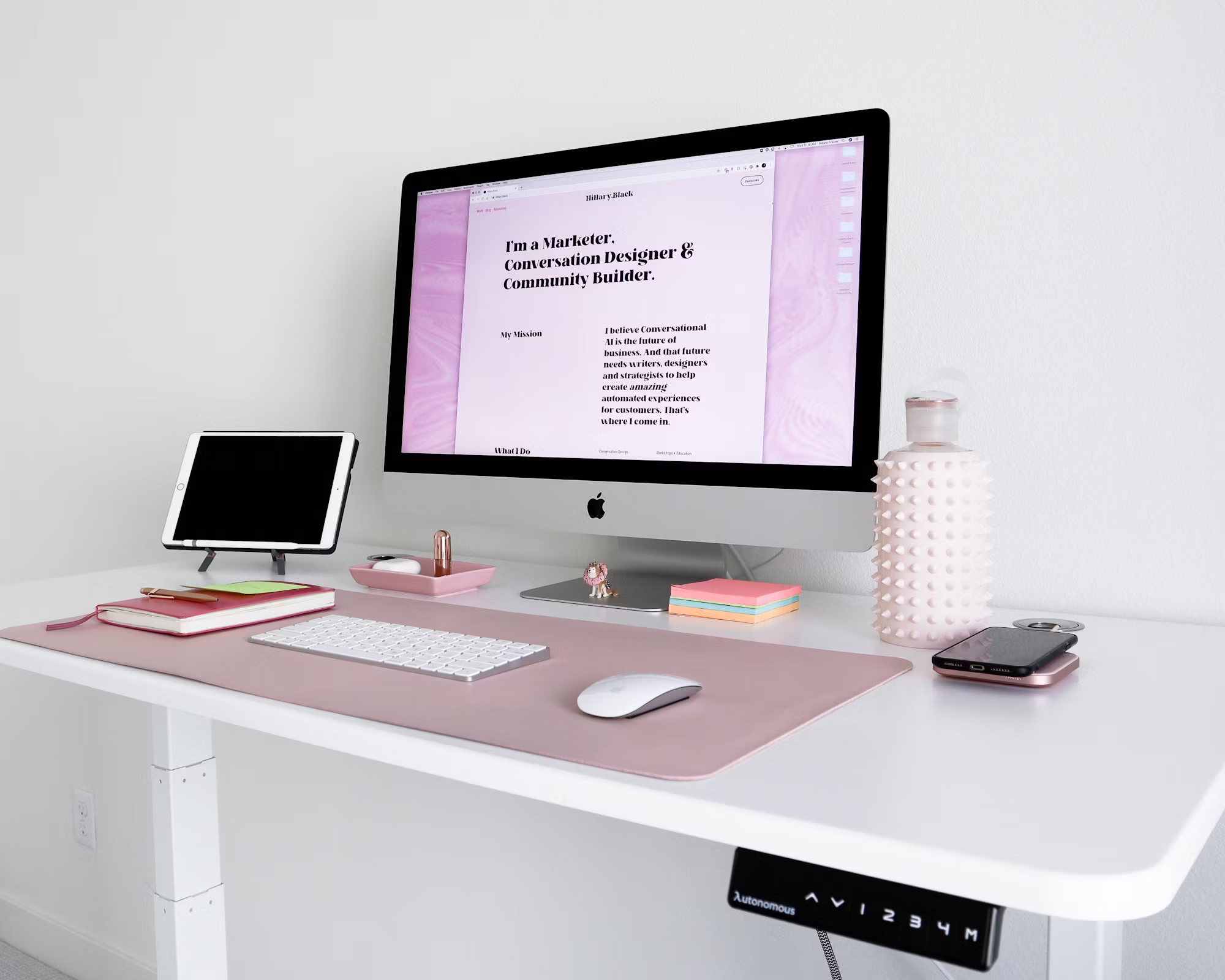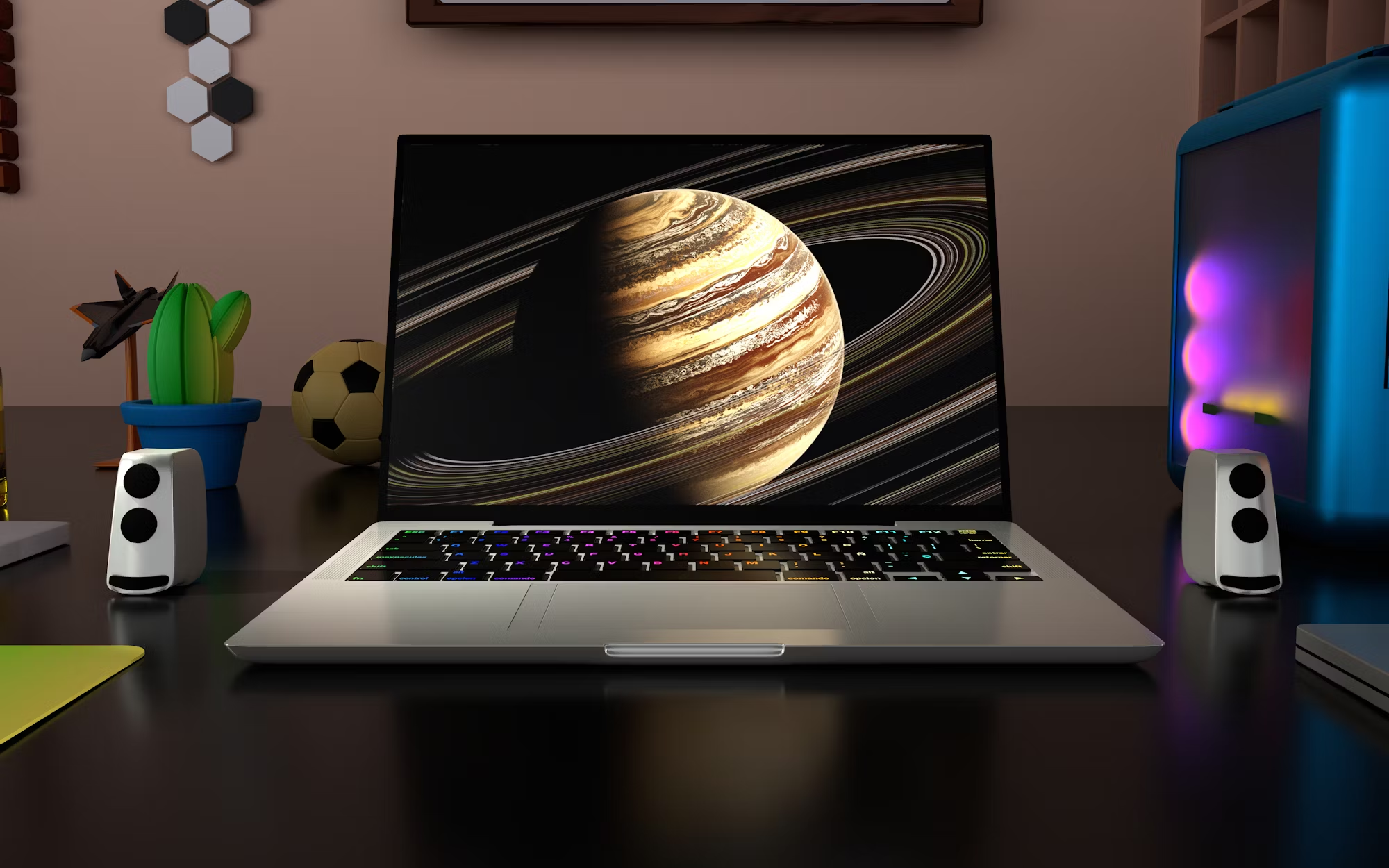Classroom design has come a long way from the rigid, traditional setup of rows of desks facing the front. In today’s educational landscape, desks are not just functional pieces of furniture; they are integral to shaping how students learn, collaborate, and engage with the world around them. As education systems evolve to meet the demands of a rapidly changing society, innovative desk designs are playing a crucial role in creating dynamic and adaptable learning environments.
The Changing Nature of Education
Over the past few decades, the approach to education has shifted from a teacher-centered model to a more student-centered one. The rise of technology, the increasing emphasis on collaborative learning, and the need for more personalized learning experiences have all contributed to a reevaluation of how classrooms should be designed.
Traditional classroom desks, with their fixed, single-purpose design, are no longer suitable for today’s diverse and interactive learning environments. As educational practices move towards greater collaboration, creativity, and flexibility, the furniture that supports these practices must also evolve. Modern desks are being redesigned to reflect these changes, with a focus on adaptability, comfort, and the integration of technology.
Innovative Desk Designs for Flexibility and Collaboration
One of the most significant shifts in classroom desk design is the move towards flexibility. Gone are the days when desks were permanently arranged in neat rows facing the front of the class. In modern classrooms, desk arrangements are much more fluid, allowing for quick reconfiguration depending on the learning activity.
Modular desks, for example, are gaining popularity in schools. These desks can be easily moved and rearranged to accommodate group work, collaborative projects, or individual study. By allowing students to switch between different modes of learning, these desks help to foster a more dynamic and engaging classroom environment. Whether students are working in small groups, participating in discussions, or completing independent tasks, the modularity of the desks ensures that the space is optimized for any learning activity.
In addition to modularity, desks that are designed for collaboration are also on the rise. These desks typically feature rounded edges, allowing students to sit closer together and work more comfortably in groups. Some desks even include shared work surfaces or tablet holders, enabling students to share materials and collaborate more effectively. This type of desk design encourages teamwork and communication, which are essential skills in the modern world.
The Integration of Technology in Desk Design
As technology becomes an increasingly integral part of education, modern desks are being designed to support a wide range of digital tools. In the past, desks were primarily built to hold books, paper, and writing implements. Today, they must also accommodate laptops, tablets, and other digital devices that are used by students in virtually every subject area.
To address this need, many new desk designs feature built-in charging stations, power outlets, and cable management systems. These desks ensure that students have easy access to power for their devices, without the hassle of tangled cords or limited outlets. Some desks even include wireless charging pads, making it easier for students to keep their devices powered up throughout the school day.
Furthermore, some desks are equipped with built-in screens or interactive surfaces that allow students to engage with digital content in new ways. These desks may feature touchscreens that enable students to interact with educational software, virtual simulations, or collaborative online platforms. By integrating technology directly into the desk, these designs support digital learning in a seamless and intuitive way.
Ergonomics and Comfort: Designing Desks for Student Well-Being
While functionality and technology are important, one of the most critical factors in modern desk design is student comfort. As more schools recognize the importance of ergonomics in promoting student well-being, the design of desks has become more focused on supporting proper posture and reducing physical strain.
Ergonomic desks are designed to encourage healthy sitting positions and reduce the risk of discomfort or injury. These desks often feature adjustable heights, allowing students to raise or lower the desk to a comfortable level. This is particularly important for accommodating students of different sizes, ensuring that each student can sit in a position that supports their body’s natural alignment.
In addition to adjustable height, ergonomic desks also take into account the design of the seating. Many modern desks are paired with chairs that provide lumbar support, adjustable armrests, and a comfortable seat depth. This helps to reduce back pain and fatigue, which are common problems associated with long hours of sitting.
The importance of ergonomic design extends beyond comfort; it also affects students’ ability to concentrate and learn. When students are uncomfortable or in pain, their ability to focus on tasks is diminished. By investing in ergonomic desks, schools are not only promoting physical health but also enhancing academic performance.
Sustainable and Eco-Friendly Desk Designs
As sustainability becomes an increasingly important consideration in all areas of life, the design of classroom furniture is no exception. In the past, many school desks were made from materials that were not environmentally friendly, such as non-recyclable plastics and materials sourced through unsustainable practices.
Today, many desk manufacturers are focusing on sustainability by using eco-friendly materials, such as recycled wood, bamboo, or biodegradable plastics. These materials help to reduce the environmental impact of furniture production, while still providing durable and functional products. Additionally, some desks are designed to be easily disassembled at the end of their lifecycle, making them easier to recycle or repurpose.
Another sustainability trend in desk design is the emphasis on longevity. Rather than creating desks that are cheaply made and prone to wear and tear, modern designs focus on creating high-quality furniture that can withstand years of use. This not only reduces waste but also ensures that schools get the most value out of their investment.
The Future of Desks in Education
Looking ahead, the future of desk design in education is likely to be shaped by continued advances in technology, flexibility, and student-centered learning. As classrooms become increasingly interactive and collaborative, desks will continue to evolve to support these changes.
One exciting possibility is the integration of smart technologies into desks. Future desks could include sensors that track students’ posture, alerting them when they are slouching or sitting in an unhealthy position. Other potential innovations include desks with integrated augmented reality (AR) displays, allowing students to engage with interactive learning content in real-time.
Additionally, as schools continue to embrace hybrid learning models that combine in-person and online education, desks will likely become more adaptable to different teaching formats. Desks that allow for easy transitions between group work, solo activities, and digital learning will be essential in supporting the diverse needs of modern classrooms.
Conclusion: A New Era of Learning Environments
Desks are no longer just a place to sit and write; they are key elements in the evolving landscape of education. As schools continue to embrace new teaching methods, the design of classroom furniture must evolve to support these changes. Flexible, ergonomic, and tech-friendly desks are reshaping the way students learn, collaborate, and interact with the world around them.
By investing in innovative desk designs, schools are not only creating more comfortable and efficient learning environments but also helping to prepare students for the challenges of the future. As technology, sustainability, and student well-being become increasingly important, modern desks will continue to play a vital role in shaping the educational experience of tomorrow.






